- Home
-
My Models
-
AV History
- Airline History Blog
-
Airline Development
>
-
Liveries
>
- Aeroméxico Liveries
- Air China Special Liveries
- American Airlines Liveries
- British Airways Liveries
- Continental Airlines Liveries
- Delta Air Lines Liveries
- Eastern Air Lines Liveries
- Landor Liveries
- National Airlines Liveries
- Northeast Airlines Liveries
- Northwest Airlines Liveries
- Pan Am Liveries
- Trans World Airlines Liveries
- United Airlines Liveries
- Western Airlines Liveries
- Airbus A380s >
- Boeing 747 >
- Real Airport Histories >
- Plane Spotting >
- Aviation Stickers >
-
1:400 SCALE
- Collecting 1:400 Scale >
- The History of 1:400 Scale >
-
1:400 Brands
>
- Aeroclassics >
- Airshop Diecast
- AURORA Models
- Aviation400 (2007-2012)
- Big Bird 400 Your Craftsman
- Black Box Models
- Blue Box & Magic Models
- C Models
- Dragon Wings
- El Aviador 400
- Gemini Jets >
- JAL Collection / Jet Hut >
- Jet-X >
- MP4 Models
- NG Models >
- Panda Models >
- Phoenix Models >
- Seattle Models Co (SMA)
- Skyjets400
- Sovereign Models
- TucanoLine
- Witty Wings / Apollo
- Yu ModeLs
- 1:400 Custom Models >
- Production Numbers
- Zinc Rot
-
1:400 Moulds
- The Best Moulds >
- Airbus >
-
Boeing
>
- Boeing B-377 Stratocruiser
- Short Boeing 707s & 720s
- Boeing 707-320/420
- Boeing 717
- Boeing 727-100
- Boeing 727-200
- Boeing 737-100/200
- Boeing 737-300 >
- Boeing 737-400
- Boeing 737-500
- Boeing 737-600
- Boeing 737-700/800/900 >
- Boeing 737 MAX
- Boeing 747-100/200 >
- Boeing 747-400 >
- Boeing 747SP
- Boeing 747-8 Interactive
- Boeing 747LCF Dreamlifter
- Boeing 757-200 >
- Boeing 757-300
- Boeing 767-200
- Boeing 767-300
- Boeing 777-200
- Boeing 777-300
- Boeing 787
- British >
- Douglas >
- Lockheed >
- Other >
- Chinese >
- Soviet >
- Smallest Moulds in 1:400
-
1:400 Reviews
-
Model News
- Model Blog
-
New Mould Samples
>
- Aviation400 >
- JC Wings >
-
NG Models 400 Scale
>
- Airbus A318
- Airbus A319/320 CEO
- Airbus A319/320 NEO
- Airbus A321CEO & NEO
- Airbus A330-200/300
- Airbus A330 Beluga XL
- Airbus A330-800/900
- Airbus A340-200/300
- Airbus A350-900
- Airbus A350-1000
- Boeing 737-600/700/900
- Boeing 737-600 Refresh
- Boeing 737-800
- Boeing 737 MAX-8/MAX-9
- Boeing 737 MAX-7/MAX-10
- Boeing 747-100
- Boeing 747-200
- Boeing 747-400
- Boeing B747SP
- Boeing 747-8I
- Boeing 747-8F
- NG 747s Together
- Boeing 757-300
- Boeing 767-200/300 >
- Boeing 767-400 >
- Boeing 777-200
- Boeing 777-300/300ER
- Boeing 787-8
- Lockheed L-1011 Tristar
- Lockeed Tristar 500
- McDonnell Douglas MD-80
- McDonnell Douglas MD-87
- Tupolev Tu-154
- Tupolev Tu-204/Tu-214/Tu-234
- NG Models 200 Scale >
- Phoenix Models >
- Yu ModeL >
-
1:600 SCALE
- DIORAMAS
As discussed in part 1 United was the joint launch customer (with Delta) for the DC-8 and had ordered 30 of the type. In fact the initial deliveries to United would stretch to 40 frames registered N8001U to N8040U - though they weren't all delivered in sequence. The first 18 frames were built as DC-8-11s with the JT3C-6 engine, which required water injection at take-off. As far as I can tell only 16 aircraft were delivered to United in this configuration (N8004U-N8017U and N8019U-N8020U). N8018U was the first aircraft delivered as a DC-8-12.
United would subsequently further upgrade all its DC-8-12s, again bar one, during the 1960s. Mostly these became series 21s, with JT4A-9 engines (that didn't require water injection). This variant had an increased MTOW of 276,000 pounds. Interestingly United also upgraded just 5 of the DC-8-12s (N8007U-N8011U) to series 51s with the JT3D-1 Turbofan engine. I'm not sure why only such a small number were upgraded but these series 51s would outlive all the series 21s, albeit only for a year or two. The DC-8-12 that never made it to being a series 21 was the last aircraft, N8040U. This aircraft was destroyed on July 11, 1961 operating a flight from Omaha to Denver Stapleton. Following departure the aircraft suffered hydraulics problems but continued to Denver. Further problems on landing caused the aircraft to leave the runway and crash into new taxiway construction equipment. The aircraft was destroyed in the resulting fire and 17 of the 115 passengers were killed, plus someone on the ground. Of United's initial 40 frames three would actually be delivered as series 52s also (N8034U, 35U and 36U). The series 52 used the JT3D-3B engine, had a 4ft leading edge extension and strengthened landing gear. Its MTOW was increased to 300,000 pounds. The series 52 was certified on May 1, 1961. The remaining 38 aircraft would serve United well into the 1970s. Interestingly two of the three initial series 52s would be sold first (N8036U in 1970 and N8034U in 1971 - both to Air New Zealand) however the rest of the aircraft survived with United until a clearout began from late 1977. As is often the case with United aircraft most saw no further service after long careers with their first owner and many were traded to Boeing in part exchange for new 727s. Even so these 40 aircraft represented only just over half of the short United DC-8 fleet and 36 others arrived from March 1964. We'll take a look at these aircraft in part 3. Note on Liveries United had a selection of similar and thus confusing Mainliner livery variants from 1958 until the advent of the Saul Bass 'tulip' scheme in 1974. You'll notice that both the DC-8s above wear different schemes and neither are the same as the DC-8 delivery scheme featured in part 1. Both have the updated slanted UNITED titles however N8007U has the updated shield ahead of the titles and red line separating the white from natural metal. N8008U has the crest moved to a small roundel on the nose and a gold line separating the white from natural metal. This is odd as the crest with titles is usually with the gold and the roundel is usually with the red. United's schemes seem to have limitless variations of the basic setup however so I wouldn't necessarily suggest this is an Aeroclassics mistake. The DC-8 delivery scheme, sported below by N8002U, differs from above by the larger titles in the shield and the line between that and the titles, small shield on nose, shorter main titles, gold line plus UNITED in big letters on the left wing. References
Waddington, T. Great Airlines Series: Volume 2 - Douglas DC-8 Cearley, G.E. United: The Main Line Airway Aviation Safety Network - N8013U Aviation Safety Network - N8040U Aeromoe's United Fleet
1 Comment
BWI-ROCman
16/8/2016 07:34:00 pm
Thank you for this history, Rich. I never knew that DC-8's had to be modified so much. What's most interesting to me about the DC-8, as someone whose interest spans about 1970 to the present, is how the type has so vastly outlasted the 707 in commercial use, especially for cargo. Am I correct in thinking that one reason is that the DC-8's longer landing gear apparently made them easier to convert to fat, efficient turbofan engines in the 1980's?
Reply
Leave a Reply. |
AuthorI'm Richard Stretton: a fan of classic airliners and airlines who enjoys exploring their history through my collection of die-cast airliners. If you enjoy the site please donate whatever you can to help keep it running: Archives
July 2024
Categories
All
|
- Home
-
My Models
-
AV History
- Airline History Blog
-
Airline Development
>
-
Liveries
>
- Aeroméxico Liveries
- Air China Special Liveries
- American Airlines Liveries
- British Airways Liveries
- Continental Airlines Liveries
- Delta Air Lines Liveries
- Eastern Air Lines Liveries
- Landor Liveries
- National Airlines Liveries
- Northeast Airlines Liveries
- Northwest Airlines Liveries
- Pan Am Liveries
- Trans World Airlines Liveries
- United Airlines Liveries
- Western Airlines Liveries
- Airbus A380s >
- Boeing 747 >
- Real Airport Histories >
- Plane Spotting >
- Aviation Stickers >
-
1:400 SCALE
- Collecting 1:400 Scale >
- The History of 1:400 Scale >
-
1:400 Brands
>
- Aeroclassics >
- Airshop Diecast
- AURORA Models
- Aviation400 (2007-2012)
- Big Bird 400 Your Craftsman
- Black Box Models
- Blue Box & Magic Models
- C Models
- Dragon Wings
- El Aviador 400
- Gemini Jets >
- JAL Collection / Jet Hut >
- Jet-X >
- MP4 Models
- NG Models >
- Panda Models >
- Phoenix Models >
- Seattle Models Co (SMA)
- Skyjets400
- Sovereign Models
- TucanoLine
- Witty Wings / Apollo
- Yu ModeLs
- 1:400 Custom Models >
- Production Numbers
- Zinc Rot
-
1:400 Moulds
- The Best Moulds >
- Airbus >
-
Boeing
>
- Boeing B-377 Stratocruiser
- Short Boeing 707s & 720s
- Boeing 707-320/420
- Boeing 717
- Boeing 727-100
- Boeing 727-200
- Boeing 737-100/200
- Boeing 737-300 >
- Boeing 737-400
- Boeing 737-500
- Boeing 737-600
- Boeing 737-700/800/900 >
- Boeing 737 MAX
- Boeing 747-100/200 >
- Boeing 747-400 >
- Boeing 747SP
- Boeing 747-8 Interactive
- Boeing 747LCF Dreamlifter
- Boeing 757-200 >
- Boeing 757-300
- Boeing 767-200
- Boeing 767-300
- Boeing 777-200
- Boeing 777-300
- Boeing 787
- British >
- Douglas >
- Lockheed >
- Other >
- Chinese >
- Soviet >
- Smallest Moulds in 1:400
-
1:400 Reviews
-
Model News
- Model Blog
-
New Mould Samples
>
- Aviation400 >
- JC Wings >
-
NG Models 400 Scale
>
- Airbus A318
- Airbus A319/320 CEO
- Airbus A319/320 NEO
- Airbus A321CEO & NEO
- Airbus A330-200/300
- Airbus A330 Beluga XL
- Airbus A330-800/900
- Airbus A340-200/300
- Airbus A350-900
- Airbus A350-1000
- Boeing 737-600/700/900
- Boeing 737-600 Refresh
- Boeing 737-800
- Boeing 737 MAX-8/MAX-9
- Boeing 737 MAX-7/MAX-10
- Boeing 747-100
- Boeing 747-200
- Boeing 747-400
- Boeing B747SP
- Boeing 747-8I
- Boeing 747-8F
- NG 747s Together
- Boeing 757-300
- Boeing 767-200/300 >
- Boeing 767-400 >
- Boeing 777-200
- Boeing 777-300/300ER
- Boeing 787-8
- Lockheed L-1011 Tristar
- Lockeed Tristar 500
- McDonnell Douglas MD-80
- McDonnell Douglas MD-87
- Tupolev Tu-154
- Tupolev Tu-204/Tu-214/Tu-234
- NG Models 200 Scale >
- Phoenix Models >
- Yu ModeL >
-
1:600 SCALE
- DIORAMAS

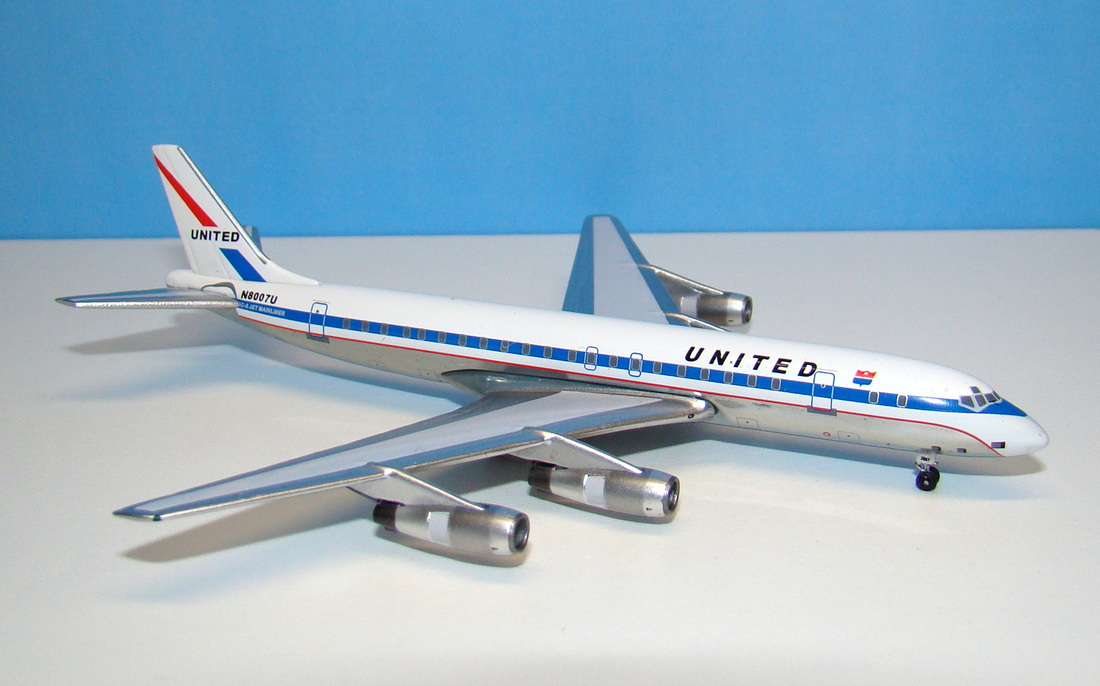
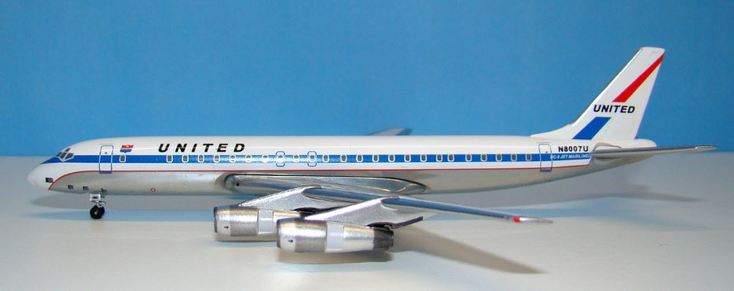
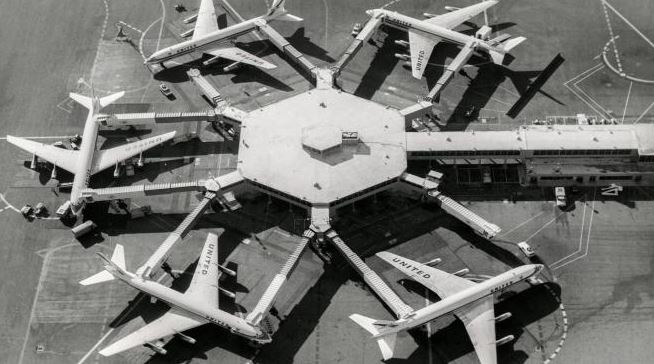
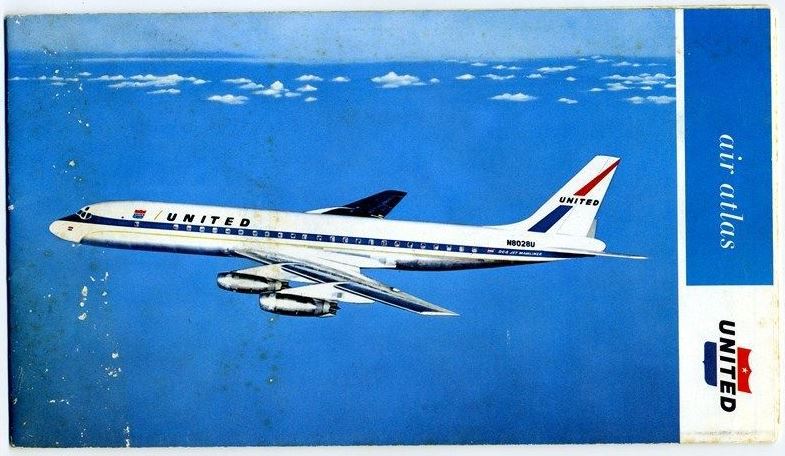
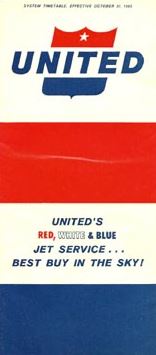
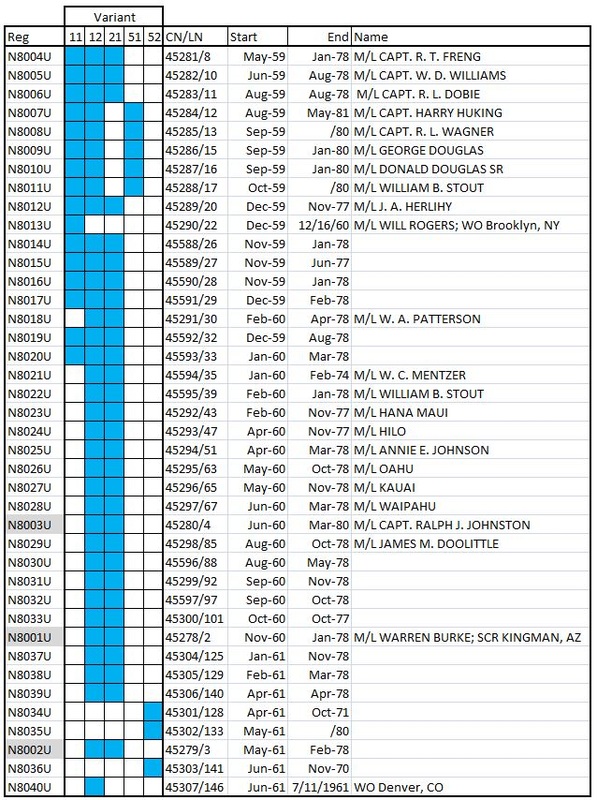



 RSS Feed
RSS Feed